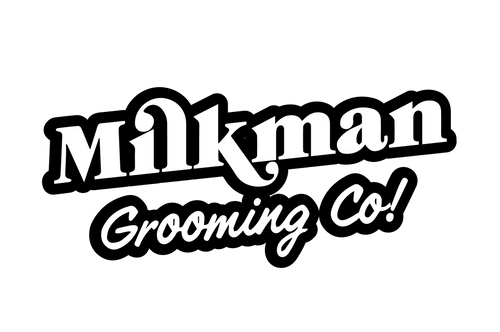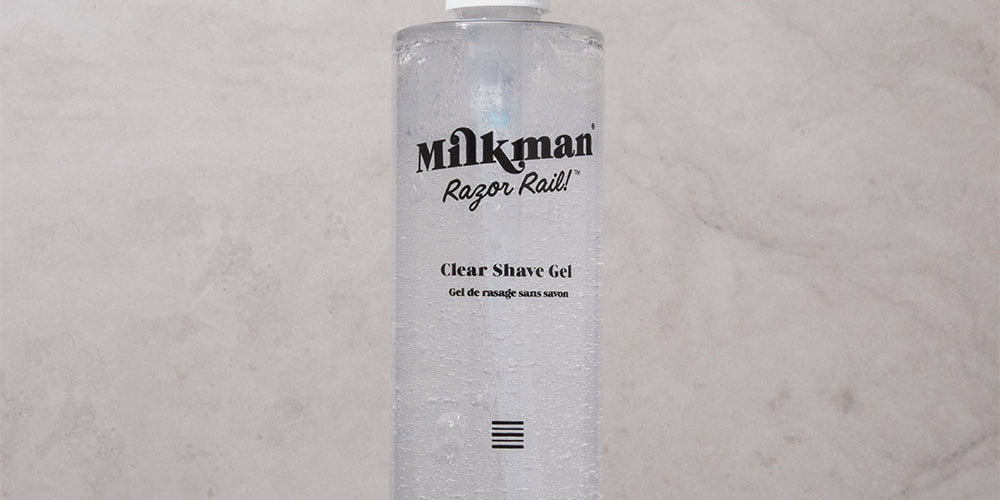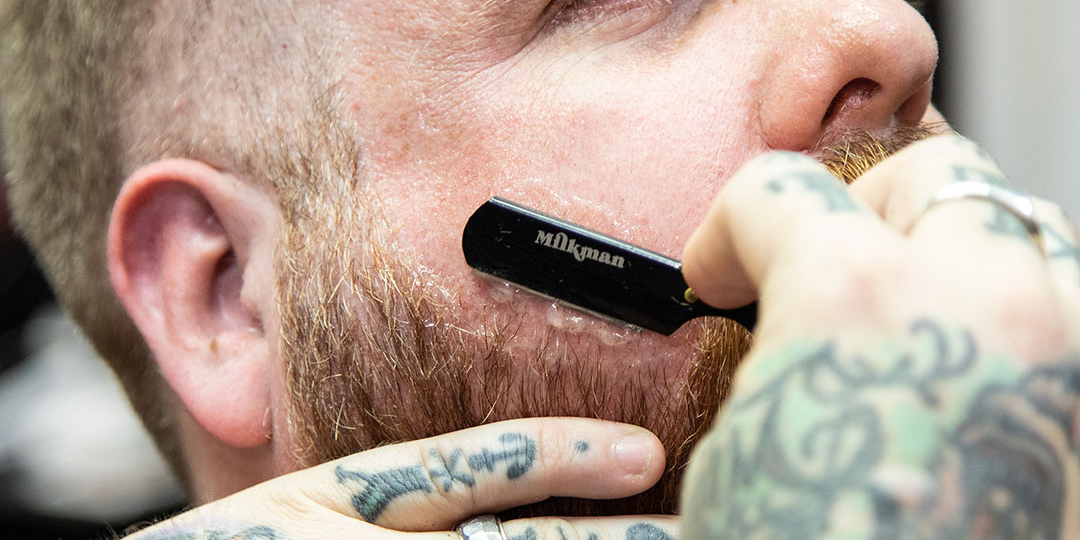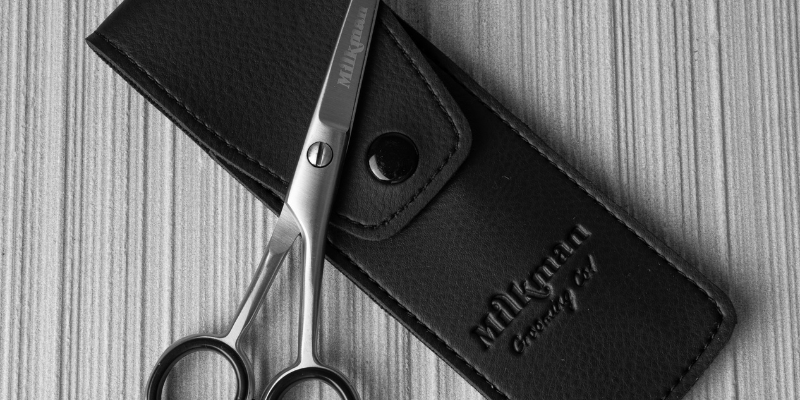Growing a beard has become a hallmark of style, maturity, and masculinity for many men around the world. But the journey from a clean-shaven face to a full, lush beard is filled with anticipation, curiosity, and numerous questions. One of the most common queries is: "How long does it take to grow a beard?" In this comprehensive guide, we delve into the factors affecting beard growth, provide tips to speed up the process, and offer insights to help you nurture a healthy, impressive beard.
Understanding Beard Growth

Beard growth is primarily influenced by genetics, hormones (particularly testosterone and dihydrotestosterone), and age. However, health, nutrition, and lifestyle choices also play significant roles. Typically, beard hair grows at an average rate of about 0.5 inches (1.27 cm) per month, but this can vary widely from person to person.
The Stages of Beard Growth
- Anagen Phase: This is the active growth phase lasting anywhere from 2 to 6 years or more. The duration of this phase largely dictates the maximum length your beard can achieve.
- Catagen Phase: Lasting about 2 to 3 weeks, this is a transitional phase where hair stops growing, and the follicle shrinks.
- Telogen Phase: This is the resting phase, lasting about 2 to 4 months, after which the hair falls out, and new hair begins to grow, repeating the cycle.
Factors Influencing Beard Growth
- Genetics: Your genes determine the density, color, and growth rate of your beard.
- Age: Beard growth tends to peak in the late 20s to early 30s.
- Health and Nutrition: A well-balanced diet rich in vitamins and minerals supports healthy hair growth.
- Hormonal Levels: Testosterone and dihydrotestosterone levels play crucial roles in beard growth.
- Lifestyle: Stress, lack of sleep, and poor lifestyle choices can negatively affect beard growth.
How Long Does It Take to Grow a Beard?
The journey to grow a full beard can take anywhere from a few weeks to several months, depending on individual factors. Here's a general timeline:

Weeks 1-4: This is the initial growth phase, where you might notice uneven stubble. Patience is key during this period.

Months 1-2: By the end of the second month, you should see significant beard growth, though it may still appear patchy in areas.

Months 3-4: This is when the beard starts to fill in. Regular grooming and maintenance are important to keep it looking its best.

Month 6-12: By this time, most men will have achieved a full beard. The length and thickness will depend on individual growth rates and genetics. After a full year you will have achieved the "yeard" which is where your beard is very much grown out and full.
Tips to Encourage Beard Growth
While you can't change your genetics, there are steps you can take to potentially speed up the beard growth process and ensure your beard is healthy:
- Maintain a Healthy Diet: Foods rich in vitamins A, B, C, E, and minerals like zinc and iron support hair growth.
- Exercise Regularly: Physical activity boosts testosterone levels, which can aid in beard growth.
- Proper Skin Care: Keep your facial skin clean and moisturized to create a healthy environment for hair to grow.
- Stay Hydrated: Drinking plenty of water helps to detoxify your body and support hair growth.
- Get Adequate Sleep: Sleep is crucial for the repair and growth of tissues, including facial hair.
- Minimize Stress: High stress levels can hinder beard growth, so find ways to relax and de-stress.
- Beard Care Products: Products like beard oils and balms can keep your beard hair and the skin beneath it healthy, possibly aiding in growth.
Dealing with Patchiness and Slow Growth
Not everyone can grow a thick, full beard due to genetics or other factors. If you're facing patchiness or slow growth:
- Be Patient: Sometimes, all it takes is a bit more time for the beard to fill in.
- Experiment with Styles: Certain beard styles might suit your growth pattern better.
- Pamper your Beard: Regular use of beard oil and beard wash will not necessarily help you deal with patches, but it will make the experience of growing a beard a lot more enjoyable. Who doesn't enjoy stroking a soft, fragrant beard?
- Consider Beard Supplements: While the evidence is mixed, some find that supplements containing biotin, collagen, or other vitamins can help.
- Consult a Dermatologist: If you're concerned about your beard growth, a professional can offer personalized advice or treatment options.
Conclusion
The journey to growing a beard is a unique, personal experience that varies greatly among individuals. While the average time to grow a full beard might range from 2 to 6 months, your experience may differ. Embrace the process, take good care of your health and your beard, and remember that the best beard is one that you feel confident and comfortable with.
Growing a beard is more than just a waiting game; it's an opportunity to learn more about yourself and to express your individuality. With patience, care, and a bit of grooming, you can achieve the beard you've always wanted. Remember, every beard is a testament to the journey and the person behind it.
About the Editor
 |
Dr Benjamin De Campo Ben studied Pharmacology & Toxicology at the University of Western Australia where he was awarded a Bachelor of Science (with 1st Class Honours) & a PhD. He went on to complete a law degree & spent almost 10 years advising in the fields of medicine, pharmaceuticals, cosmetics & nutrition before starting his own cosmetics company Milkman Grooming Co & white labelling for other personal care brands. He is a member of the Australian Society for Cosmetic Chemists. |



























